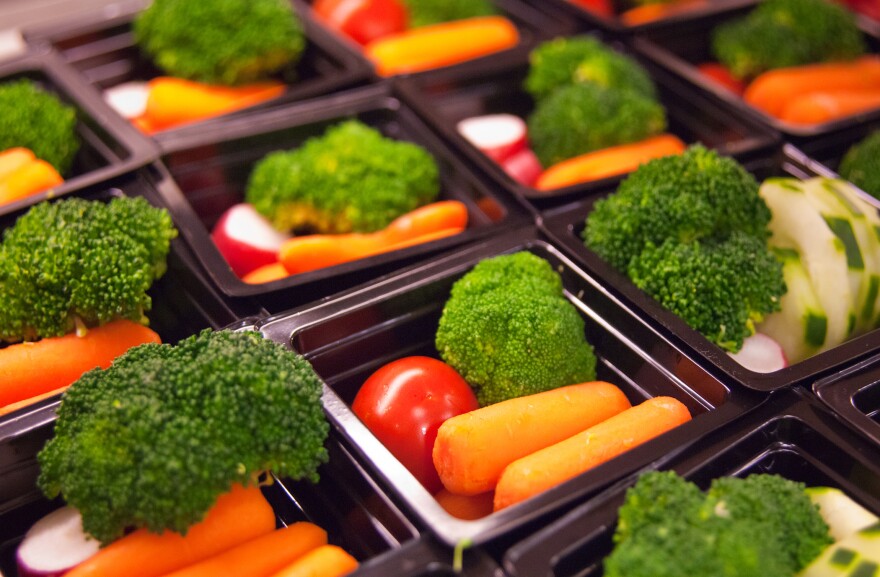Free school lunches have been available to all students for the past two years, but that’s no longer the case. Families that qualify for free or reduced-price meals must once again apply for the benefit, something that hasn’t been required during the pandemic.
New Hampshire schools are working to get the word out.
“We've really had to have a push for the community to know that there was going to be a big transition,” said Nashua School District Food Service Director Dahlia Daigle.
Congress waived the usual income requirements in 2020, allowing schools to offer all children free breakfast and lunch without them having to apply. Over the summer, lawmakers declined to extend those waivers into this school year.
In Nashua, that kicked off a two-month push to notify as many families as possible. Daigle said the district sent out e-blasts, had principals contact parents, posted on social media and coordinated with the Greater Nashua Food Council, a food-access group, to spread the message further.
“We come together really great as a community to try to feed everybody, especially those in need,” she said. “So it was important to get that word out so folks can apply for their free and reduced application.”
Many districts offer applications online. Daigle encouraged families to contact their local schools with any questions.
About one-quarter of public school students in New Hampshire qualified for free or reduced lunch in 2019, the last year before the pandemic. But rates vary widely across the state.
In much of the North Country, 40 to 50 percent of students were eligible, according to an analysis by the University of New Hampshire’s Carsey School of Public Policy. In one ward in central Manchester, the rate was over 80 percent. By contrast, only 2.5% of kids in Windham qualified.
Families qualify for free lunch if they have a household income below 130% of the federal poverty line, and for reduced price lunch up to 185% of that line. That’s $36,075 and $51,338, respectively, for a family of four.
NH Hunger Solutions Deputy Director Jessica Gorhan said the benefits of filling out an application go beyond school meals. The number of students enrolled in free and reduced lunch affects how much funding their schools receive.
“When they participate, they actually give back to their community,” she said.
Free and reduced eligibility can also lead to reduced or waived fees for some school programs,tests andcollege applications.
Those extra benefits are something the New Hampshire Department of Education has highlighted, creating flyers that proclaim: “It’s more than a meal application.”
Emily Murphy, the director of school nutrition for the Bedford School District, has also been reaching out to families to alert them to the change.
“If you do feel like you would qualify, please fill out an application,” she said. “For your own benefit, but also for the benefit of school.”







